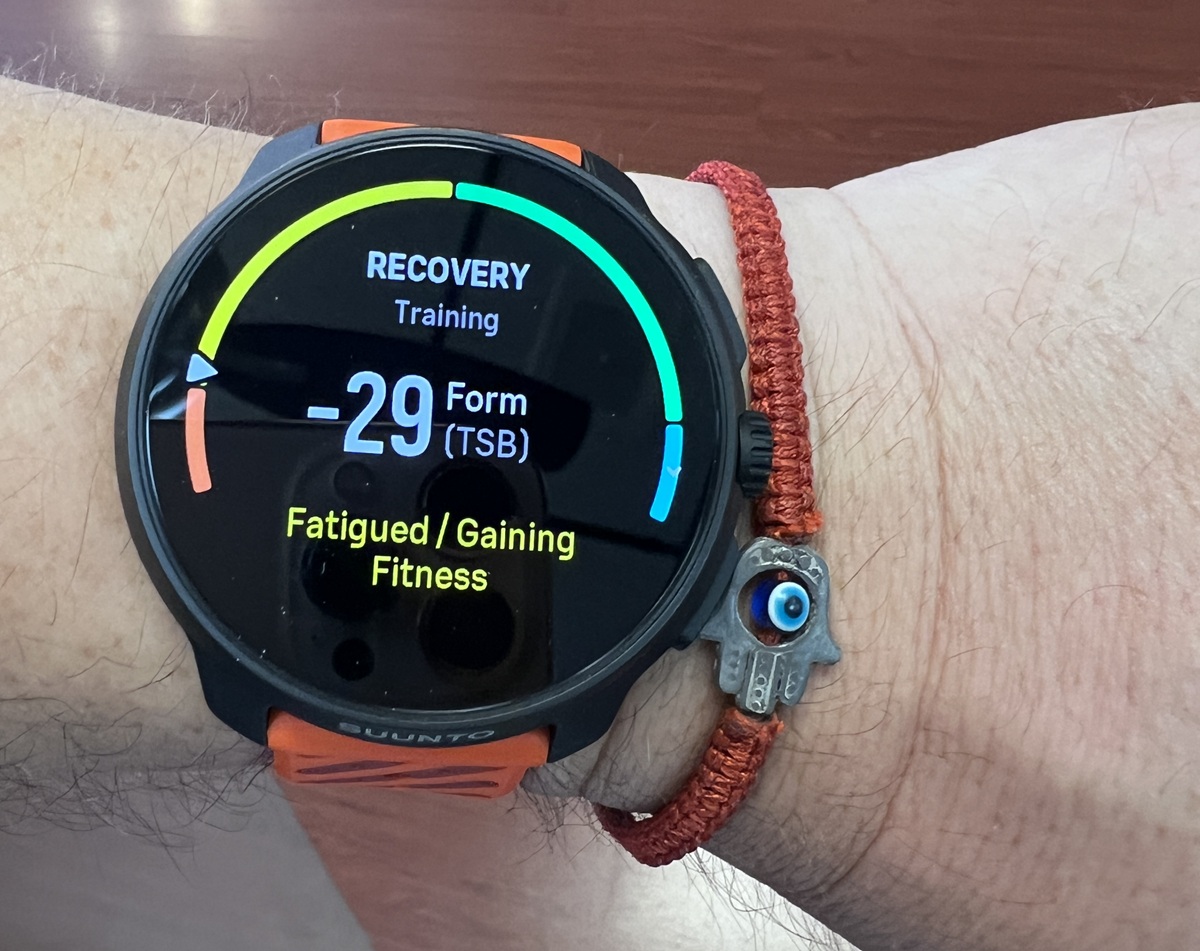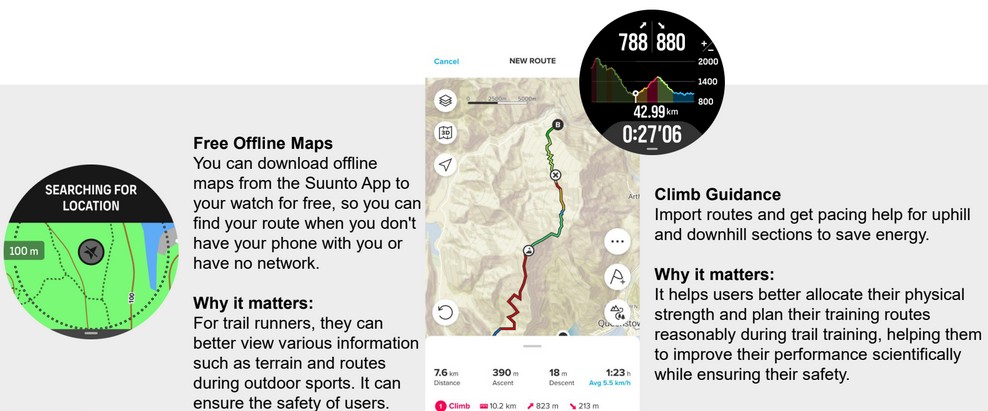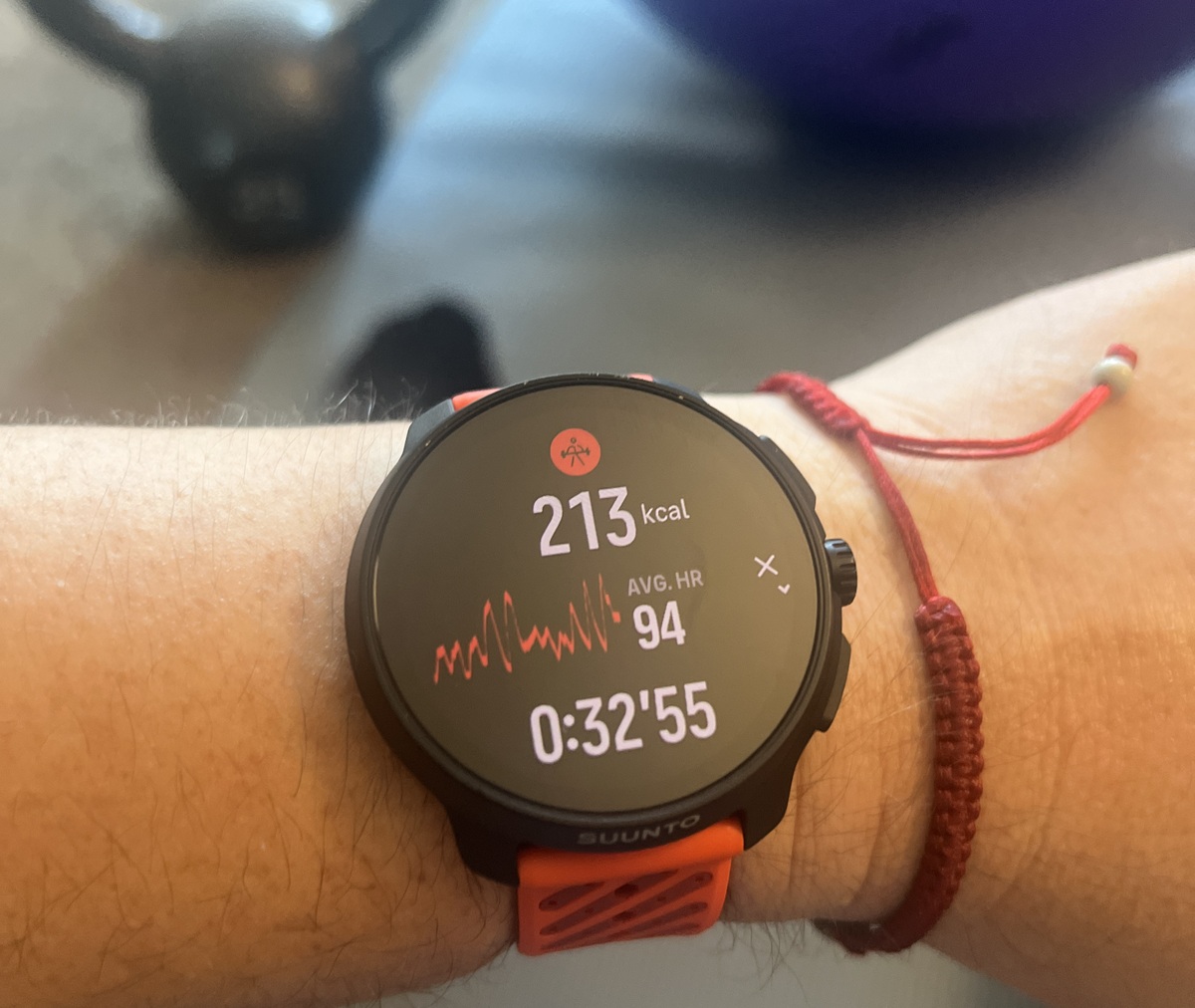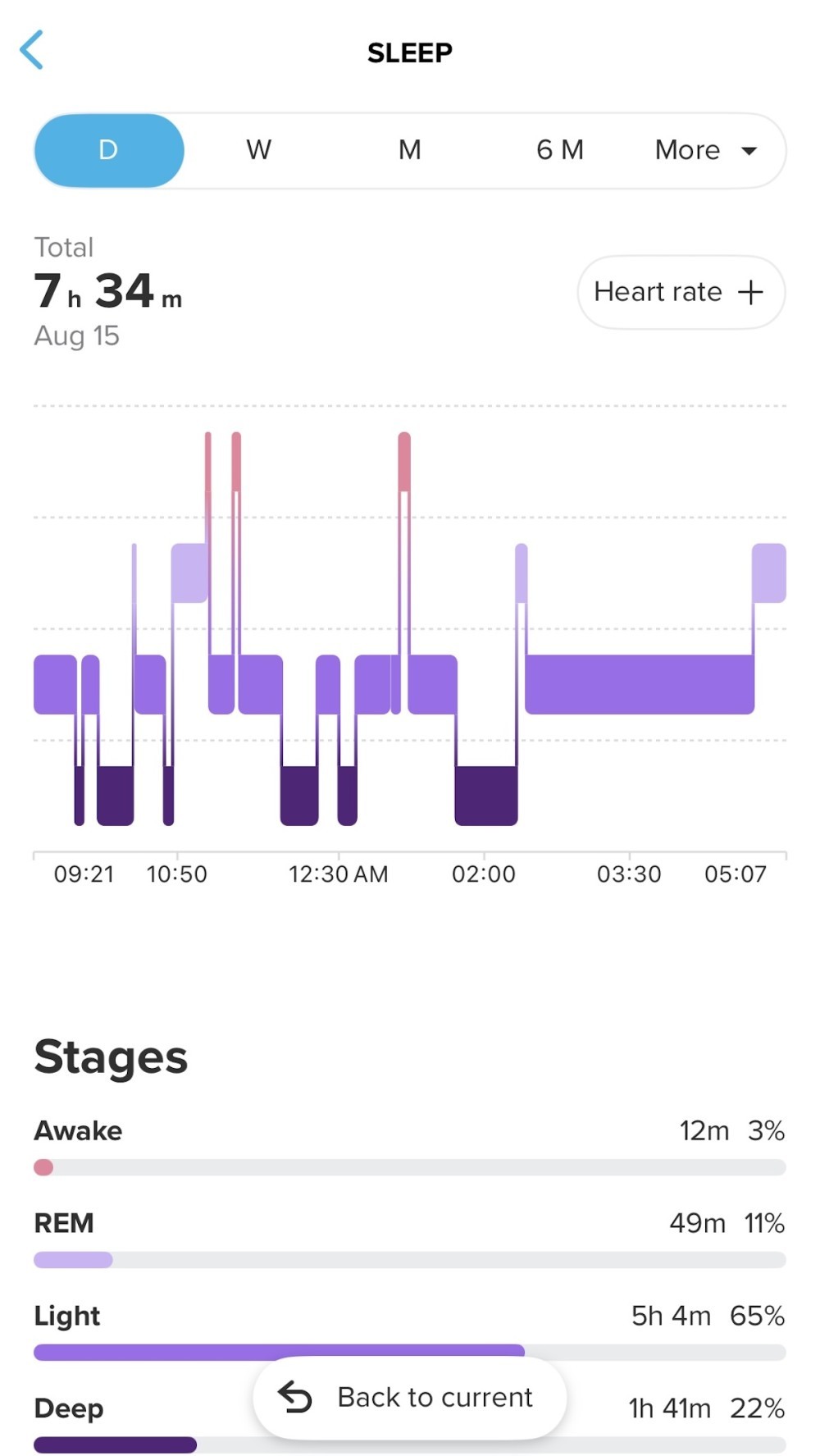The Suunto Race 2 is the newest high-end sports watch from Suunto, the brand from the land of the Northern Lights. Despite being on the higher end of the price spectrum for Suunto, it is a premium sports watch at a friendlier price than other brands, such as Garmin.
 While they have marketed it as the ultimate trail runners watch, it really has features that are going to hit on a lot of mutlisport needs.
While they have marketed it as the ultimate trail runners watch, it really has features that are going to hit on a lot of mutlisport needs.
They’ve clearly put a lot of thought in to making this watch lighter, the battery longer and the screen even better. We are here for the upgrades, but still have a few areas that need to be tweaked.
Who Is It Good For?
- Novice Runners: Some of the features may at first be confusing for novice runners.
- Current Garmin Users: Yes, it does a few things better than a Garmin and a few things not quite up to par.
- Daily Usage: It monitors most useful daily health features, and allows notifications from your phone.
- Value for Price: When compared to other watches with price tags nearing $1000, absolutely, yes!
This is a top tier running watch with over 115 sport modes at a much lower price point and with a specific focus on the needs of trail runners.
Suunto Race 2 Overview
They’ve call this a watch for trail runners and we can definitely see that in a number of features, but it’s certainly not a watch for ONLY trail running. So let’s get in to it as there are some definite wins and some misses with this watch.
The screen is still a high definition AMOLED screen, but is slightly bigger and now thinner with an updated optical heart rate sensor. The screen is really the bright spot on this watch, pun intended. Whether it was bright and sunny or humid and gloomy, checking my heart rate or pace mid-run without missing a step was a piece of cake.
You’ll also notice it uses the single scroll like Coros vs Garmins 4 button system to navigate the watch.
 The Suunto Race 2 comes in lighter this year than the last version, cutting weight down from 83 grams to 76, while the weight of the watch with the titanium case is down to 67 grams.
The Suunto Race 2 comes in lighter this year than the last version, cutting weight down from 83 grams to 76, while the weight of the watch with the titanium case is down to 67 grams.
The steel version of the watch (for those who need serious durability) comes with a removable 22mm silicone watch band and is water resistant up to 100 meters.
Setting up the watch was fairly easy with the prompts that come up with each step. The negative part about setup with Suunto is that many of the settings, such as heart rate zones, are updated on your watch instead of in the app. The digital crown makes scrolling easier than it should be, but it is far easier to input numbers into an app than to scroll from 0 to 180-something to set up your heart rate max.
Quick Take Pro’s and Con’s
- Light and compact
- Bright and vivid AMOLED screen
- Ease of navigation with the digital crown
- Measures blood oxygen levels on demand
- Simple fitness and recovery metrics
- Good battery life
- Can get your phone notifications on your wrist
- Several data screen options to monitor your activities
- Create structured workouts in the Suunto app
- Time-consuming set up
- Clunky live tracking feature
- Doesn’t “play well” with third-party-sourced structured workouts
- Lack of treadmill calibration feature
Battery Life
Listed as 55 hours in performance AND 200 hours with lower GPS accuracy, this is again a feature geared towards our ultrarunning friends, but one we all appreciate in needing to charge less. Of course, all battery life is dependent on the features being used.
Even in daily usage mode with ongoing HR tracking it can go 16 days.
You’ll see in a battery settings screen the option to have it at different settings to increase battery life. We haven’t yet needed to take it on a 3 day hike to verify, but battery life should be good, if you can remember to turn off the live tracking, as previously mentioned.
Once I figured out why my battery was draining up to 35% in one day and turned that off I noticed it only drained a few percentage points each day after. All in all, and even with the 4 or 5 days of constant searching for the live track app I got 9 days out of the battery before having to recharge it.
GPS and Maps
When running out in the wild I found the Suunto Race 2 to give accurate distance measurements as well. The beach path I spend a lot of time running has marked distances, and I made mental notes of my distance when I would cross them to check for accuracy.
Since this is one of the areas they focused on for trail runners, let’s look at some screens! Coach Amanda loves flashing her elevation charts out in Colorado, but they aren’t quite as impressive here. She also said that downloading maps has become a go to feature in her watches because it saves time from pulling out a phone and trying to determine which turn to take.

The Suunto Race 2 also has breadcrumb navigation available in the event you plan out a new route and don’t want to miss a turn somewhere.
I did find some of the voice queues did not come through, and luckily I was paying attention for vibrations along the way. The voice queues also periodically went out during lap tracking, which is not terrible since you do get the aforementioned vibration.
For those of us with a significant other who gets some peace of mind through getting a live tracking link when you head out for a long weekend run and plan to be several miles across town, you’ll need to download the Suunto Plus extension app, “Live.T”, then enable live tracking each time in order for it to work. And it helps to turn off the live tracking after you use it so the battery drains slower.
Activity Tracking
The Suunto Race 2 is packed with 115 different sport modes, many of which most of us will never use, but that’s become the game with watches lately.
As it is primarily a running watch, it comes loaded with the running option loaded first. You can arrange the different sport modes based on what you use the most, which comes in handy if you end a gym workout and want to hop on the treadmill and not have to scroll through 79 options.
Speaking of the treadmill, I was pleasantly surprised that the distance measured was fairly close to what the treadmill read when I tested it during a treadmill run. For the record, my Garmin that costs nearly twice as much is one of the least accurate treadmill tracking watches I’ve ever used. The only negative to the treadmill tracking feature is the lack of an option to calibrate your watch to match.
Suunto gives you the option to personalize your data screens with certain data points you find the most important. This is also a feature on Garmin, but the digital crown makes it so much easier to scroll between screens as needed.
In addition to running workouts, I also tracked strength training, walking, and even a few boxing matches on my Oculus VR headset. Most were fairly straightforward, but I found the strength training feature to be lacking the ability to track sets and rest periods. You can use the lap button but it logs each as a set, rather than adding a rest period between each set.
Heart Rate Tracking
I found the heart rate monitoring to be fairly accurate. I wore the Suunto Race 2 both during workouts alongside my Garmin and during sleep. My heart rate graphs during the workouts were as close as can be, and my HRV and resting heart rate during sleep were mostly the same, give or take one or two beats.
The biggest variance I saw was a night where the Suunto Race 2 logged a resting heart rate of 47 while my Garmin Fenix logged a 53, but I slept on my left arm with the Suunto so I may have just cut off circulation and slowed my pulse in that arm.

Now, I am aware that wrist heart rate tracking is not the most reliable method, but in the past I’ve simultaneously tracked my heart rate during a boxing workout with a Garmin and my chest strap and the biggest difference I noticed was my wrist heart rate being 8 beats higher when I was hitting the speed bag for a few minutes.
If you’re the type who likes to monitor your heart rate levels after a workout (like me), it is easy to use the digital crown to scroll down to the live heart rate feature and take a look. You can also check your blood oxygen levels on demand, not just overnight.
App Features and Integration
Some of the features with the Suunto app I found to be somewhat confusing.
The app layout is a bit too busy and not easy to update. The dashboard would sometimes show my most recent workout, while other times it would show a run or strength training session from a few days prior.
The small watch icon allows you to connect and update the screen, but it didn’t always seem to work. The solution I eventually figured out was to shut off and restart my iPhone, so there’s a chance it is an iPhone compatibility issue, but in any case it’s something to look out for.
The option to set up an interval run in the app was nice and easy and was the most efficient option available.
Importing structured workouts from other sources such as Final Surge or vDotO2 created some minor problems. The first interval workout I imported from Final Surge was a simple 10 times 75-second hill sprints with a 2 minute recovery jog, with a 25 minute warmup and cooldown.
After the first couple intervals I noticed the intervals were lasting longer than intended, both with the hill sprints and recovery jogs. The most minor of the nits I have to pick is that there is no countdown when an interval is ending, but a single beep. I found it confusing because it sounds the same as the beep when you’re above or below that interval’s target pace or heart rate range.
One other area lacking clarity with the workout feature was the lack of an interval counter. During the aforementioned hill workout I kept scrolling through my screens looking for a counter to tell me how many intervals I had remaining, but was unable to find it.
Miscellaneous Features
I found the lack of stress measuring to be a nice change of pace. If you’re like me and go through periods where you obsessively check your stress levels on your watch, which may or may not lead to more stress, good riddance.
There is a reference to stress levels in the “Resources” section, which is akin to Garmin’s body battery, but there isn’t a constant numerical value added to it.
The ability to check text messages during a run is always helpful. And if you prefer to be completely unplugged you can always easily turn the feature off. For Android users you have the ability to send pre-loaded answers to text messages.
Despite some of my gripes I do think the Suunto Race 2 is a watch that is well worth its price tag. If you’re a runner, or even a multi-sport athlete it can tackle just about anything you throw at it.
In summary, the Suunto Race 2 is a lightweight and reliable training partner that will get out of your way and let you move. It can be a watch that will assist you through your running, swimming, cycling, triathlon, and even daily adventures.



 Diadora Nucleo 2 GR Review | Firmly In the Road To Trail Line Up
Diadora Nucleo 2 GR Review | Firmly In the Road To Trail Line Up
